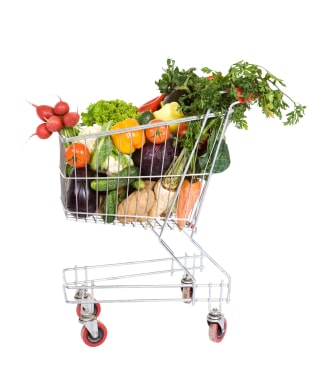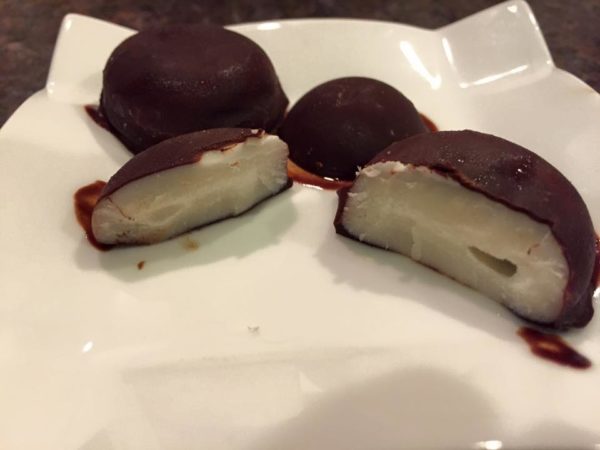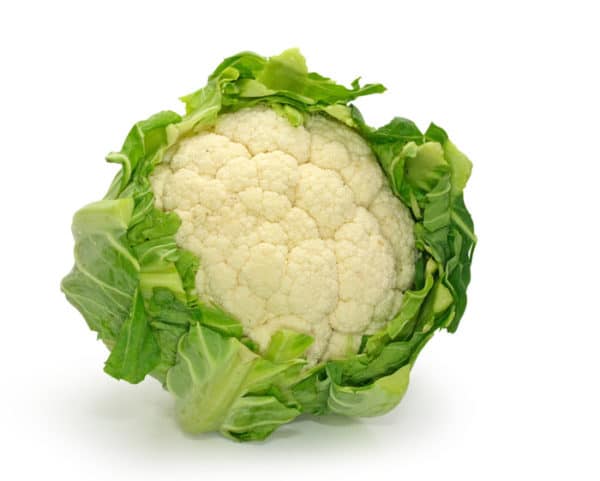
Some of my suggestions are only relevant for raw fooders and raw food recipes. But some apply to folks who eat cooked food too.
Recipe Substitutions
The following are recipe substitution suggestions that will work for almost any recipe. But of course, use your judgment and consider the impact the substitution will have on a recipe.
When a recipe calls for…
- Dried fruit: Use the cheapest unsweetened dried fruit, which is usually raisins. Raisins have a much stronger flavor than dates, so if the recipe calls for dates, make it half and half with dates and raisins.
- Frozen fruit: Substitute some of the frozen fruit with frozen bananas. To freeze bananas, peel them and break them into pieces and put them in your freezer in a bowl or on a plate.
- Fresh fruit: Use what is in season and can be bought at a low price at your local farmer’s market. If it is peach season but the recipe calls for mangoes, use peaches anyway.
- Frozen vegetables: Use the least expensive frozen vegetables. The kind of vegetables generally won’t matter much, unless it’s a particular vegetable you dislike. If you prefer organic, select the least expensive organic frozen vegetables.
- Nuts: Substitute part of the portion of nuts with coconut shreds. In some recipes, as much as three-quarters of the nuts can be replaced with coconut shreds without much change to flavor and consistency. Make sure you use some of the nuts that the recipe calls for, however. Different nuts may have very different effects. Almonds and Brazil nuts are both unique and offer very particular flavors. Walnuts and pecans are sometimes interchangeable. Macadamia nuts and cashews are often interchangeable.
Avoiding Certain Recipes
Many recipes are out-and-out expensive no matter how you substitute. When selecting recipes, one can scan the ingredients and get a feel for how much it’s going to cost.
When selecting recipes to try out, avoid recipes that call for…
- A large amount of a specific brand-name ingredient.
- More than a quarter cup of nuts. (Unless using coconut shreds to cut the cost.)
- More than four cups of a non-dairy milk.
- More than two cups of a non-dairy yogurt.
- Large quantities of an exotic fruit that is imported from far away.
- More than two spices you don’t already own.
Avoiding Waste
Another way one can save is by avoiding waste. Sometimes when we don’t know how to preserve something we use trial and error and learn the hard way.
How to preserve extra fruit salad:
- Option 1: Add fresh squeezed lemon juice to the fruit salad. Use one lemon for every two cups of fruit salad remaining. Put in a dish with an air-tight lid and store in the fridge.
- Option 2: Put in the freezer to turn into pudding, smoothies or ice cream later in your food processor or blender. May also use a masticating juicer using the “blank” to create ice cream from frozen fruit.
What to do with pulp after making juice at home:
Option 1: Add vegetable pulp to soups, breads, or salsa (add minimal amounts to salsa). Add fruit pulp to muffins, pies, breads, soups or salsa. (Be careful not to add to much. Pulp is almost pure fiber!)
- Option 2: Compost. Pulp breaks down fast and makes great fertilizer for your garden or for growing wheatgrass indoors.
- Option 3: Add seeds, nuts, oats, coconut shreds, spices and/or oils and blend in your food processor. Spread in your dehydrator at 110 degrees to make raw crackers, or put in your oven at a low temperature with the door slightly open to gently slow-cook crackers.
How to preserve extra cooked grains or grain-like dishes such as quinoa:
- Option 1: Store cooked grains in an air-tight container in the fridge for up to two days.
- Option 2: Store cooked grains in a container in the freezer for up to a week.
To keep nuts, dried fruits and other “shelf-stable” foods fresh and away from bugs:
- Option 1: Store in ziplock bags within air-tight containers.
- Option 2: Store in the fridge in bags or containers.
- Option 3: Store in the freezer.
Leftovers & Wilting Produce
Another way to avoid waste is to “refurbish” your leftovers or wilting produce:
- With greens, such as chard, kale and spinach, you don’t want them wilted as a salad, but they are fine to throw in soup.
- Mushy over-ripe fruits are great in smoothies and desserts. Just cut away any spots that are really bad, and use the rest. Fruit can sometimes be bought “mushy” at a discounted price at farmer’s markets.
- Quinoa, rice, millet or other similar foods that have been cooked, stored, cooked again, and stored again can be turned into a new meal in a vegetable stir-fry.
- Over-ripe or drying-out citrus fruits may be juiced with an electronic juicer or a hand-juicer. The juice may be enjoyed plain, added to water for drinking, fruit salad for extra punch, or added to a dessert. If using an electronic juice, one may add cucumber, celery and/or carrots. (Carrots and oranges sometimes taste bad together.)
- Peppers and herbs that have been left out to dry, or dried in a dehydrator can be crushed and put into spice jars.
Share this:

Are you feeling stuck?
Do you feel as if something is missing from your practice that's keeping you from delivering breakthrough outcomes for your clients?.
Recent Posts
Our Programs
Nutritional Endocrinology Practitioner Training (NEPT)
The Mastery and Certification tier is our flagship program and provides everything you need to feel confident as a practitioner who knows how to get results that lead to healthy and happy clients.
Functional Assessment Mastery
Explore the relationships between the most important hormones and their relationship with nutrition.
Functional Nutrition Mastery
Learn how to support your clients to eat and supplement in a way that reduces and eliminates chronic symptoms.
Medical Disclaimer: The information on this website is not intended to replace a one-on-one relationship with a qualified health care professional and is not intended as medical advice. It is intended as a sharing of knowledge and information from the research and experience of Dr. Ritamarie Loscalzo, drritamarie.com, and the experts who have contributed. We encourage you to make your own health care decisions based upon your research and in partnership with a qualified health care professional.
Disclosure: Sometimes (but not always), when I share resources in my programs, newsletter, and on my website, I'm using an affiliate link, which means I do make money if you buy. My credibility is extremely important to me; therefore, I only endorse the products, services, and people I believe in. DrRitamarie.com is independently owned and the opinions expressed here are my own.
Click here to see our Privacy Policy.










